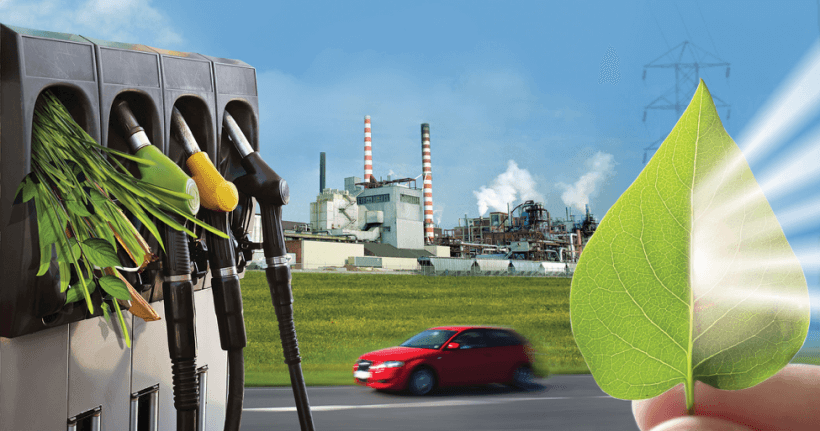Biomass fuels are the organic materials we can harness in a renewable manner, making them a promising alternative in our quest for sustainable energy solutions. Let’s delve into the world of biomass fuels, where we have two main categories: woody fuels and animal wastes. Oh, and let’s not forget about municipal solid waste (MSW) – it’s also in the mix!
Understanding Biomass Fuels
Unlike fossil fuels, biomass fuels have lower energy densities. What does that mean? Well, it takes a larger volume of biomass fuel to produce the same amount of energy as fossil fuels. This fact brings us to a crucial consideration: the costs of collecting and transporting biomass fuels can sometimes outweigh their value. That’s why biomass fuels are often used on-site or transported short distances, typically less than 50 miles.
Another thing to note is their high moisture content, which not only adds weight but also increases transportation costs and decreases combustion performance. So, while biomass fuels offer promise, there are certainly challenges to overcome.
Woody Fuels: Nature’s Powerhouse
Wood wastes, in all their forms, are fantastic biomass fuels with a wide range of applications in various technologies. From generating steam to producing electricity, woody fuels have proven themselves as reliable energy sources. But here’s the interesting part – there are different subgroups within woody fuels, each with its own unique characteristics and uses. Let’s break it down:
Forestry Residues
Forestry residues, like debris and slash from logging activities, are in the spotlight due to increasing forest management efforts. However, their disposal through burning raises environmental concerns. Imagine if there were viable alternatives that not only addressed disposal issues but also created revenue streams for forest managers. That’s the ideal scenario we’re aiming for!
Mill Residues
Unlike forestry residues, mill residues are economically attractive because they’re already part of commercial mill operations. With biomass facilities integrated into these operations, transportation costs are minimized, making them a cost-effective fuel source.
Agricultural Residues
Agricultural residues, such as crop wastes and orchard prunings, contribute significantly to biomass fuel production. However, their seasonal availability poses a challenge. Biomass facilities relying on agricultural residues must adapt to this seasonal variation or find ways to stockpile fuel.
Urban Wood and Yard Wastes
Similar to agricultural residues, urban wood and yard wastes can be valuable biomass fuel sources. By diverting wood waste from landfills to biomass projects, communities can benefit from both waste reduction and energy production.
Dedicated Biomass Crops
Some crops, like corn and soybeans, are grown specifically for biomass production. While this approach has its merits, challenges remain in ensuring its economic sustainability.
Chemical Recovery Fuels
Chemical recovery fuels, primarily used in pulp and paper facilities, play a significant role in biomass energy consumption. Integrating biomass technologies into these facilities enhances their efficiency and sustainability.
Animal Wastes: Turning Waste into Energy
Animal wastes, including manures and renderings, present unique opportunities for biomass processing. While energy generation is a motivation, mitigating disposal issues is often the primary goal.
Dry Animal Manure
Dry animal manure, produced in feedlots and corrals, can fuel biomass-to-energy projects after composting or drying. Despite its value as fertilizer, there’s potential for biomass energy to address increasing disposal costs.
Wet Animal Manure (Dairy Manure Slurry)
Modern dairy operations, with their flush systems and free-stall barns, produce wet animal manure suitable for biomass energy. By separating flush water, this slurry becomes a viable fuel option.
Conclusion: Embracing Biomass for a Sustainable Future
Biomass fuels offer a renewable and versatile energy source, but they come with challenges like transportation costs and seasonal availability. However, with innovative solutions and continued research, biomass has the potential to play a significant role in our transition to a sustainable energy future. Let’s keep exploring and embracing the possibilities!





